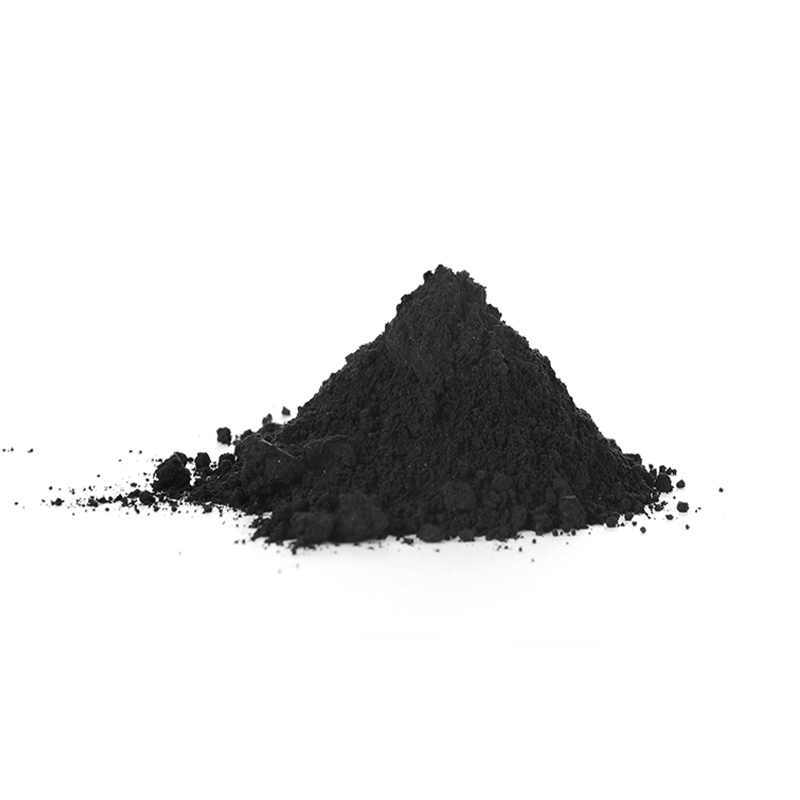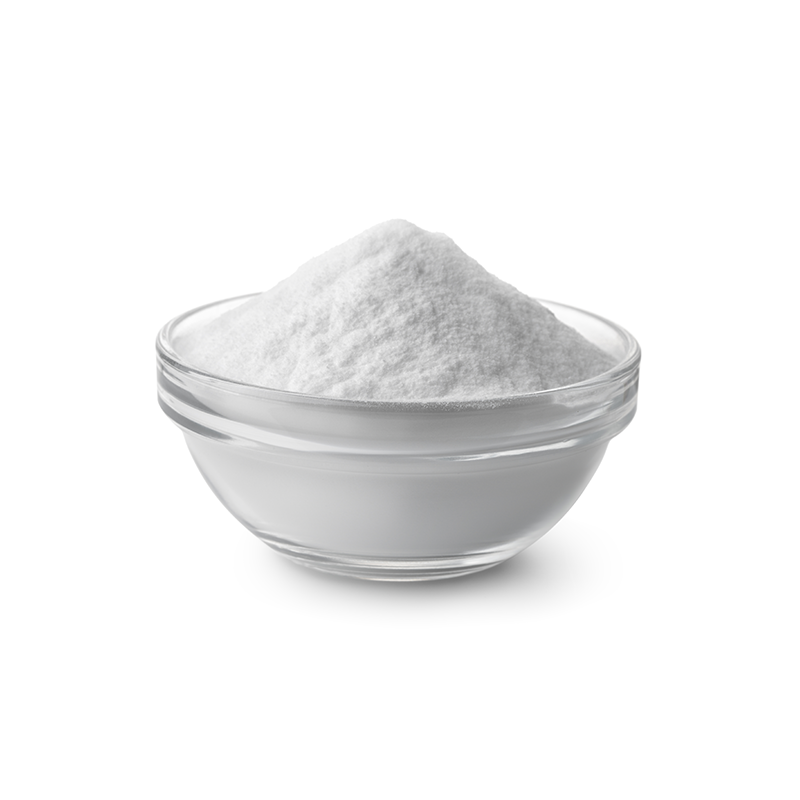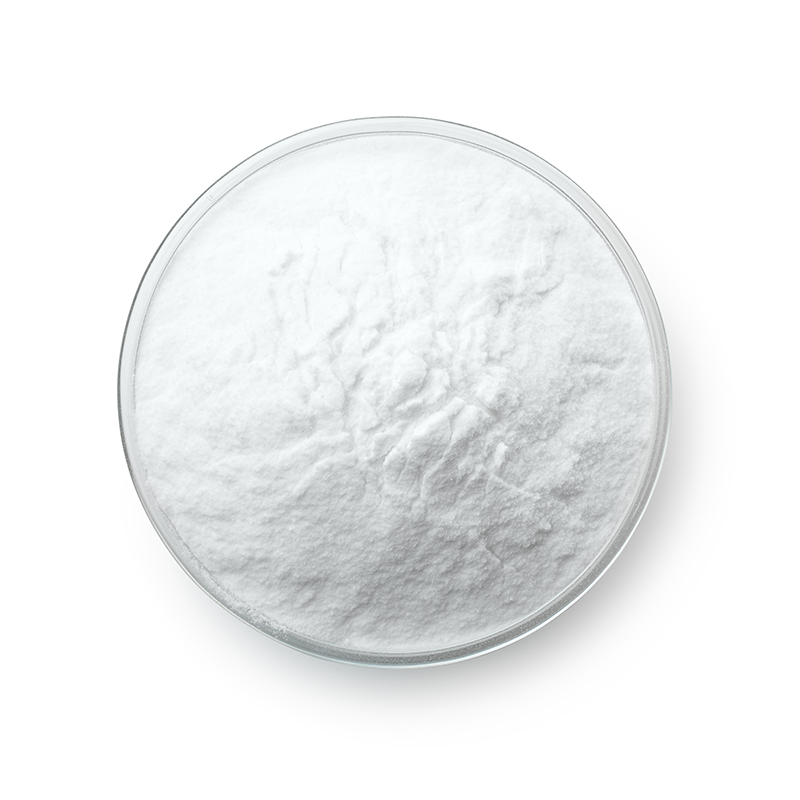Sorry, no matches were found for 'vehicles' Please try another keyword.
Request For Quotations
Q
what do osha vehicles look like
I'm a seasoned industrial engineer with a keen interest in machine learning. Here to share insights on latest industry trends.
Bringing the universe of nanotechnology to your fingertips. Unraveling the potential of the small, one atom at a time.
You May Like
Determining yarn fiber involves both physical examination and burn tests. First, inspect the yarn for characteristics like sheen, which indicates silk or synthetic fibers, or a halo, suggesting wool. Next, the burn test helps identify the fiber type based on smell, flame, and residue. Burn a small sample in a safe, non-flammable area. Wool and silk emit a burning hair smell and leave a crushable residue, indicating protein-based fibers. Cotton and linen, being plant-based, will smell like burning paper and leave fine ash. Synthetics like polyester melt and harden upon cooling, emitting a chemical smell. Always conduct this test with caution and in a well-ventilated space to avoid inhaling fumes.
The maximum psi (pounds per square inch) rating for 200 class PVC pipe refers to the maximum pressure it can safely handle. Typically, for PVC pipes, this is determined by the pipe's Schedule number or SDR (Standard Dimension Ratio). For a 200 class PVC pipe, this often means a maximum pressure rating around 200 psi, though it's crucial to check the manufacturer's specifications for the exact rating. Pipes with a 200 psi capacity are commonly used in irrigation, water distribution, and light-duty industrial applications. It's important to select a pipe that meets both the pressure and the material suitability for the intended use to ensure safety and longevity of your project.
Suspensions, colloids, and emulsions are all mixtures of two or more substances, but they differ in particle size and behavior. Suspensions are heterogeneous mixtures where the particles are large enough to settle out over time, like sand in water. Colloids are mixtures where the particles are smaller and don’t settle out, allowing them to be evenly distributed throughout the mixture; milk and fog are examples. Emulsions are a type of colloid specifically involving the mixing of liquids that usually don't mix, like oil and water; emulsifying agents are often necessary to keep the mixture stable. Each of these mixtures plays crucial roles in various industries, from food and beverages to pharmaceuticals, by tailoring the mixture's properties to specific applications.
Recommended Suppliers
You May Like
-
 XinAn Pigment Carbon Black XA2800
XinAn Pigment Carbon Black XA2800 -
 Guibao Brand Heavy Calcium Carbonate 3000 Mesh
Guibao Brand Heavy Calcium Carbonate 3000 Mesh -
 Organic Pea Protein 85% yellow powder
Organic Pea Protein 85% yellow powder -
 High Purity Natural Barium Sulfate Used for Coating TX-2HB
High Purity Natural Barium Sulfate Used for Coating TX-2HB -
 400 mesh sericite powder with good weather resistance for industrial coatings
400 mesh sericite powder with good weather resistance for industrial coatings -
 Kelong Calcium Carbonate KD8
Kelong Calcium Carbonate KD8 -
 Carbon Black N220
Carbon Black N220
Q&A
- •how to clean an hp inkjet printer
- •what is this dispersion
- •what is dye sublimation ink
- •how to remove rust from pvc
- •how to use ulano qtx emulsion
Popular Information











